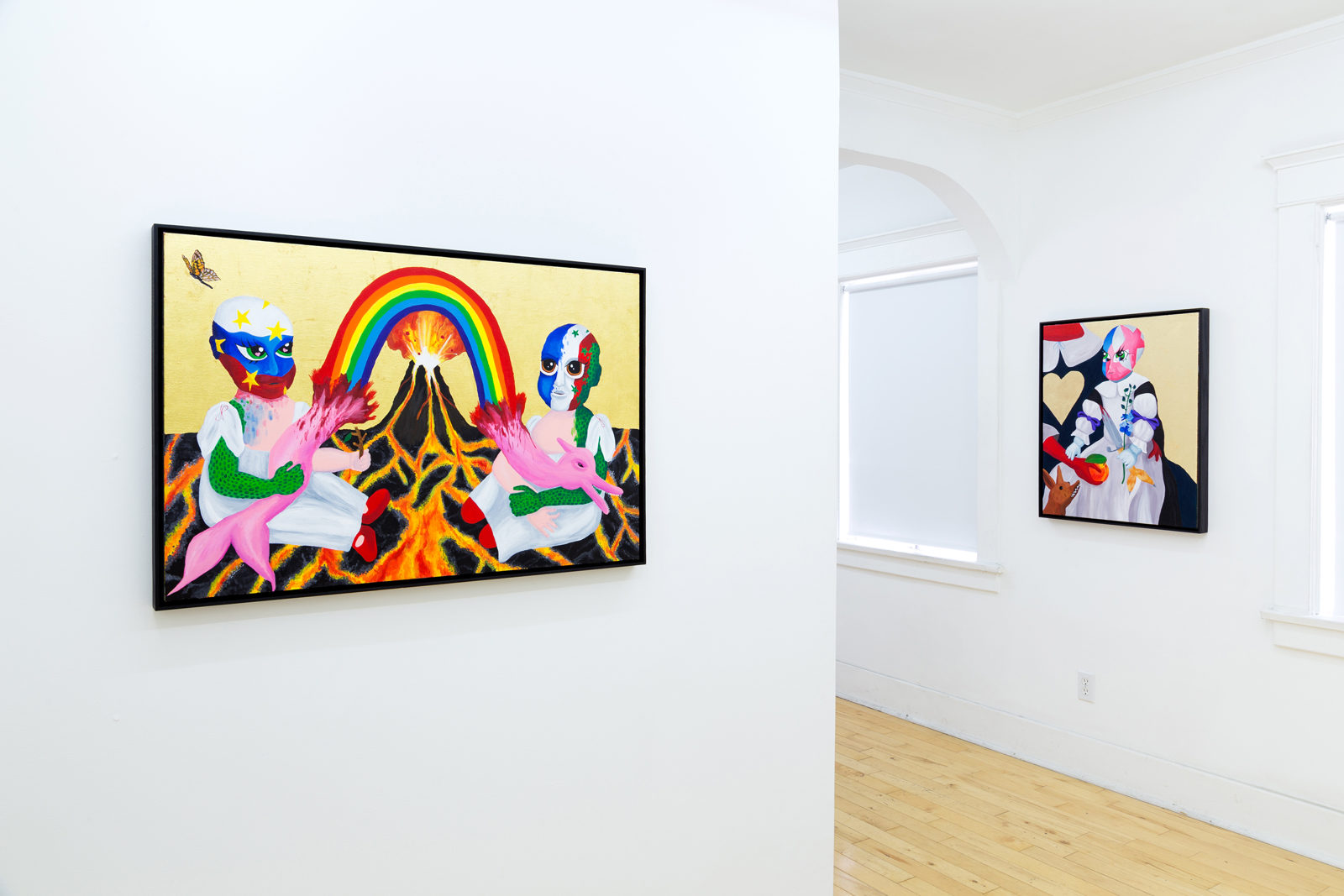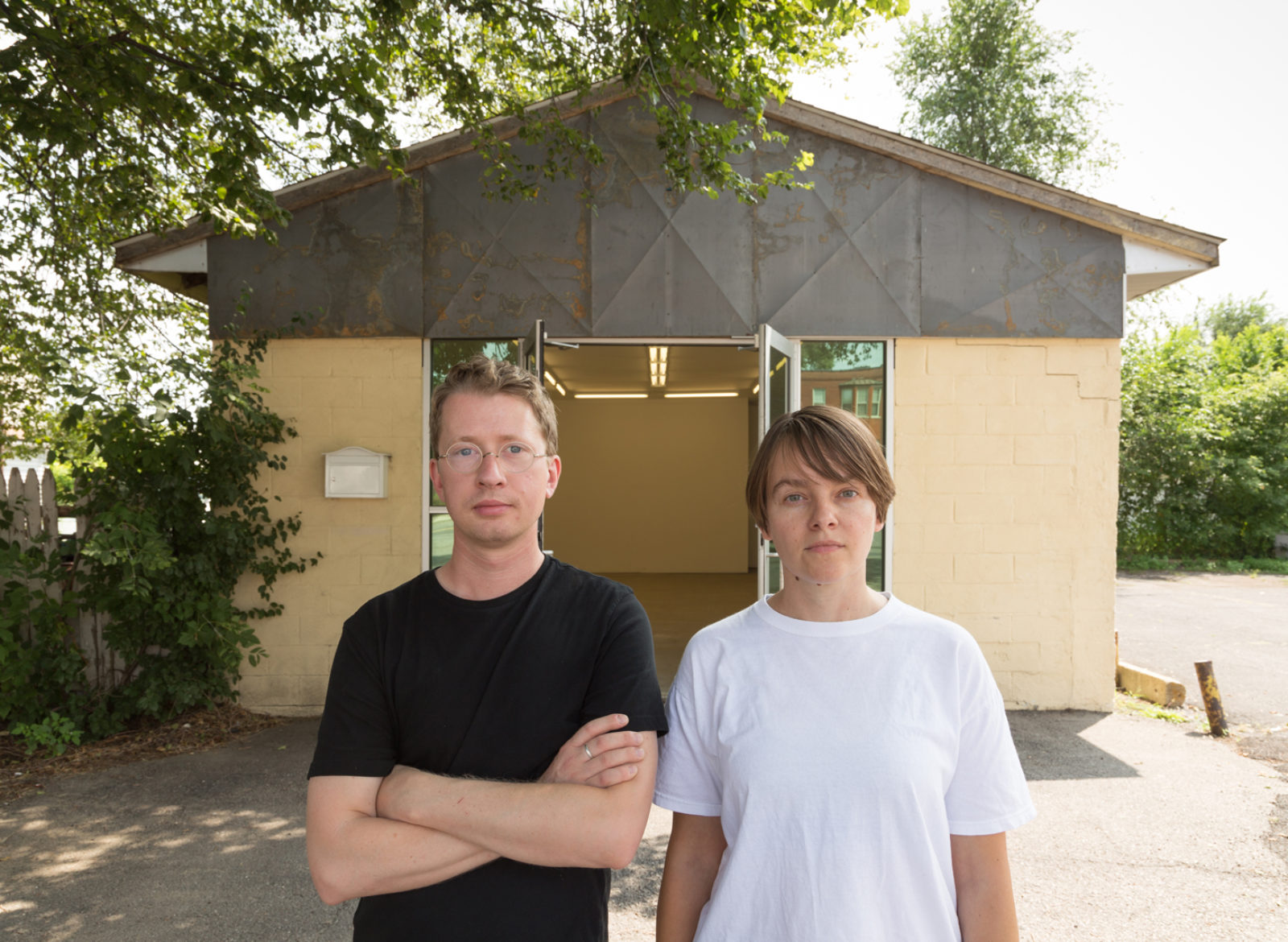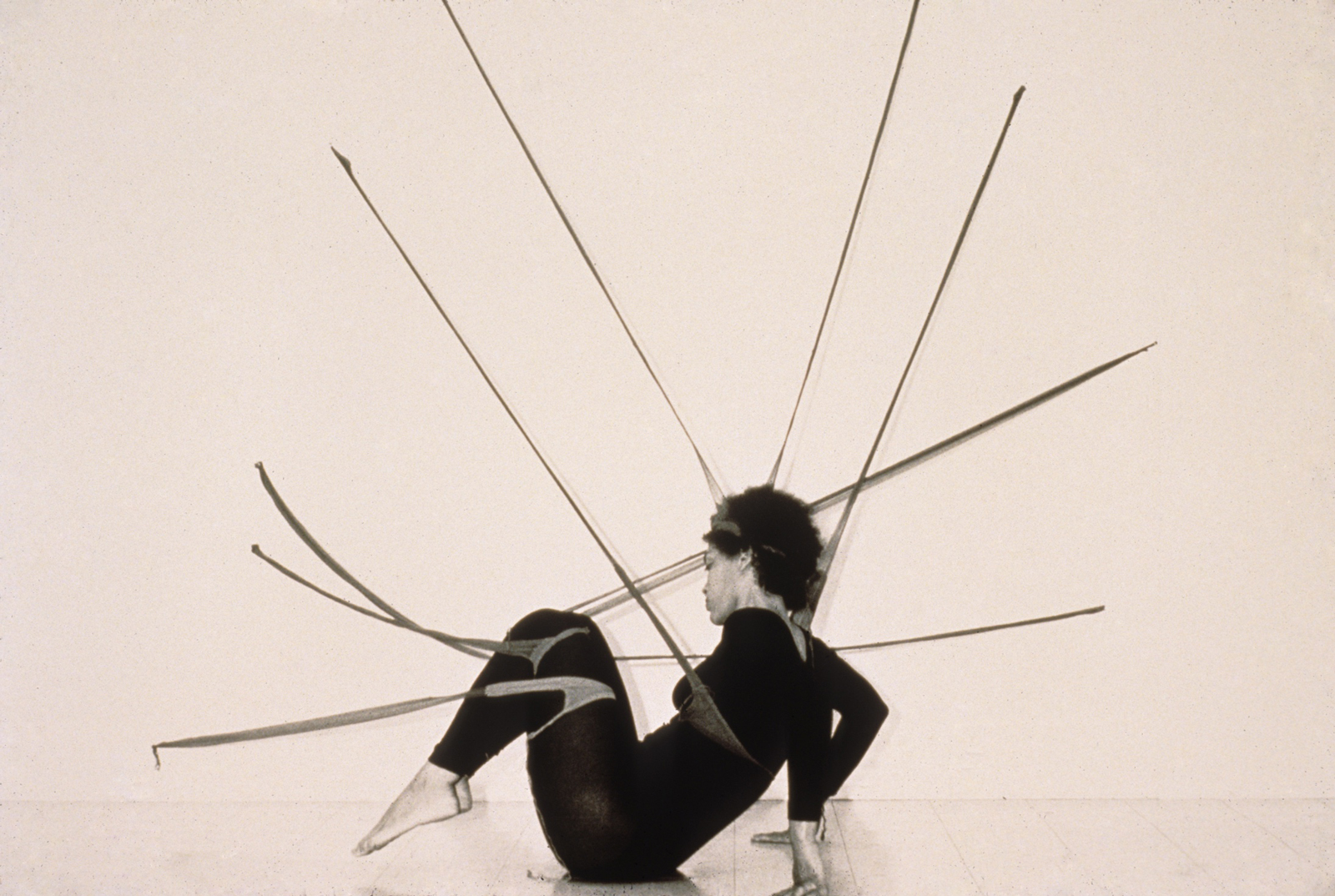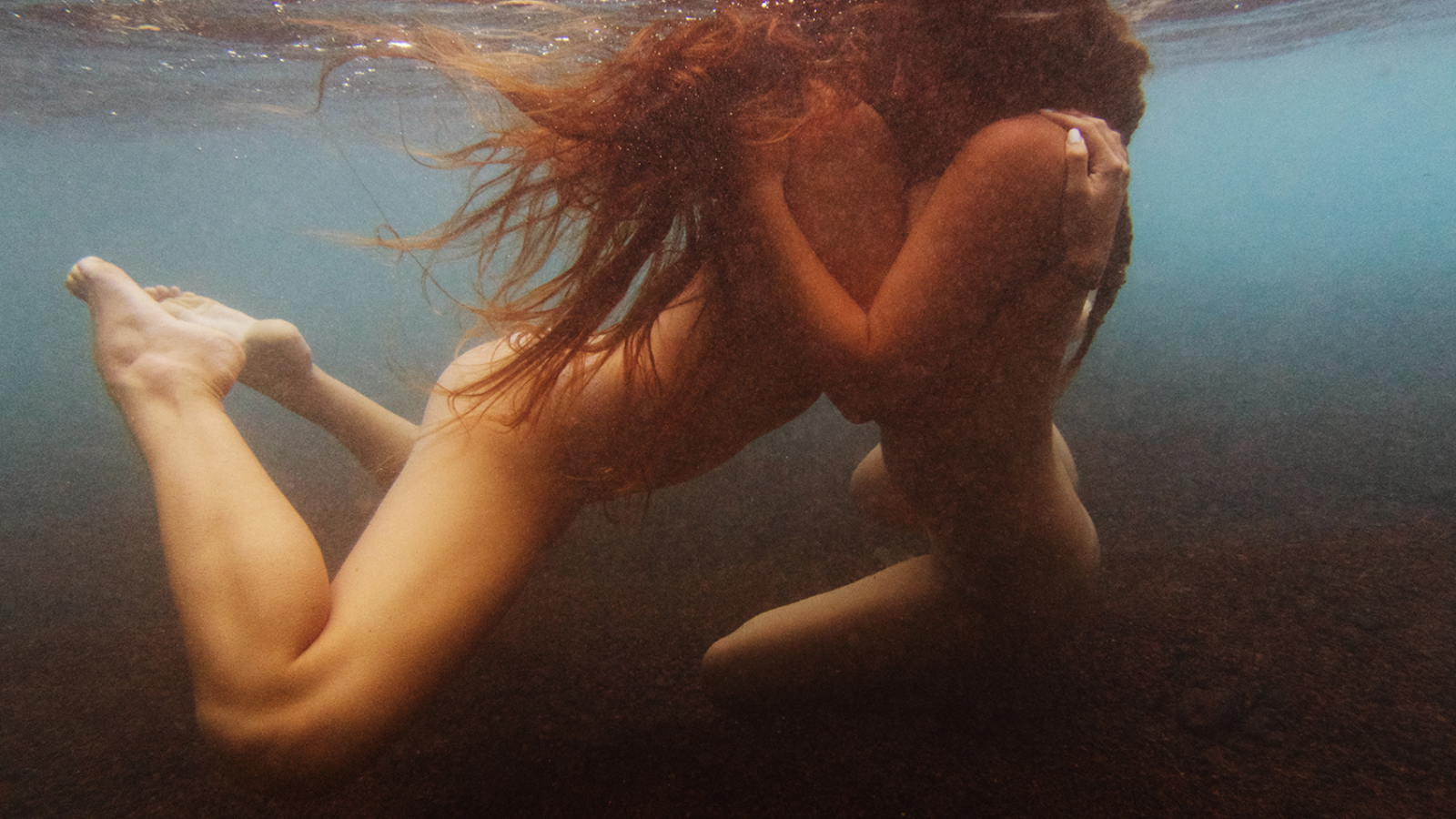Interview: Jillian Billard
All Images Courtesy of What Pipeline
Art has always been integral to the Detroit’s culture—housing renowned institutions such as the Detroit Institute of the Arts, the Museum of Contemporary Art Detroit, and the Cranbrook Academy of Art. However, you may remember that in 2013, the city faced major financial issues and filed for bankruptcy. In the wake of this, Detroit called for artists to move to the city in the hopes that they may revive its place as a cultural epicenter. While Detroit’s struggle has been a complicated one—there is no doubt that the city has since undergone a Renaissance of sorts, offering immense opportunities to young artists looking to begin their careers and establish some of the country’s most cutting-edge contemporary art galleries and spaces.
One of these spaces that has come to the fore of the contemporary art scene in Detroit is gallery What Pipeline, founded and run by artists Alivia Zivich and Daniel Sperry. Both artists themselves, Zivich and Sperry approach curation as an extension of their personal practices. Says Zivich, I don’t always consider myself a curator…I think the word ‘producer’ makes more sense.” Because of this non-traditional approach, What Pipeline has developed into a collaborative space that flourishes on community. Presenting works from emerging artists including Puppies Puppies, Henning Bohl, William Pope.L, Olivia Erlanger, Mary Ann Aitken, and Isaac Pool, the gallery has established itself on an international scale. We spoke to Zivich and Sperry about their ethos behind the space; the relationship between artist and curator; and where they see contemporary art exhibition going in the future.
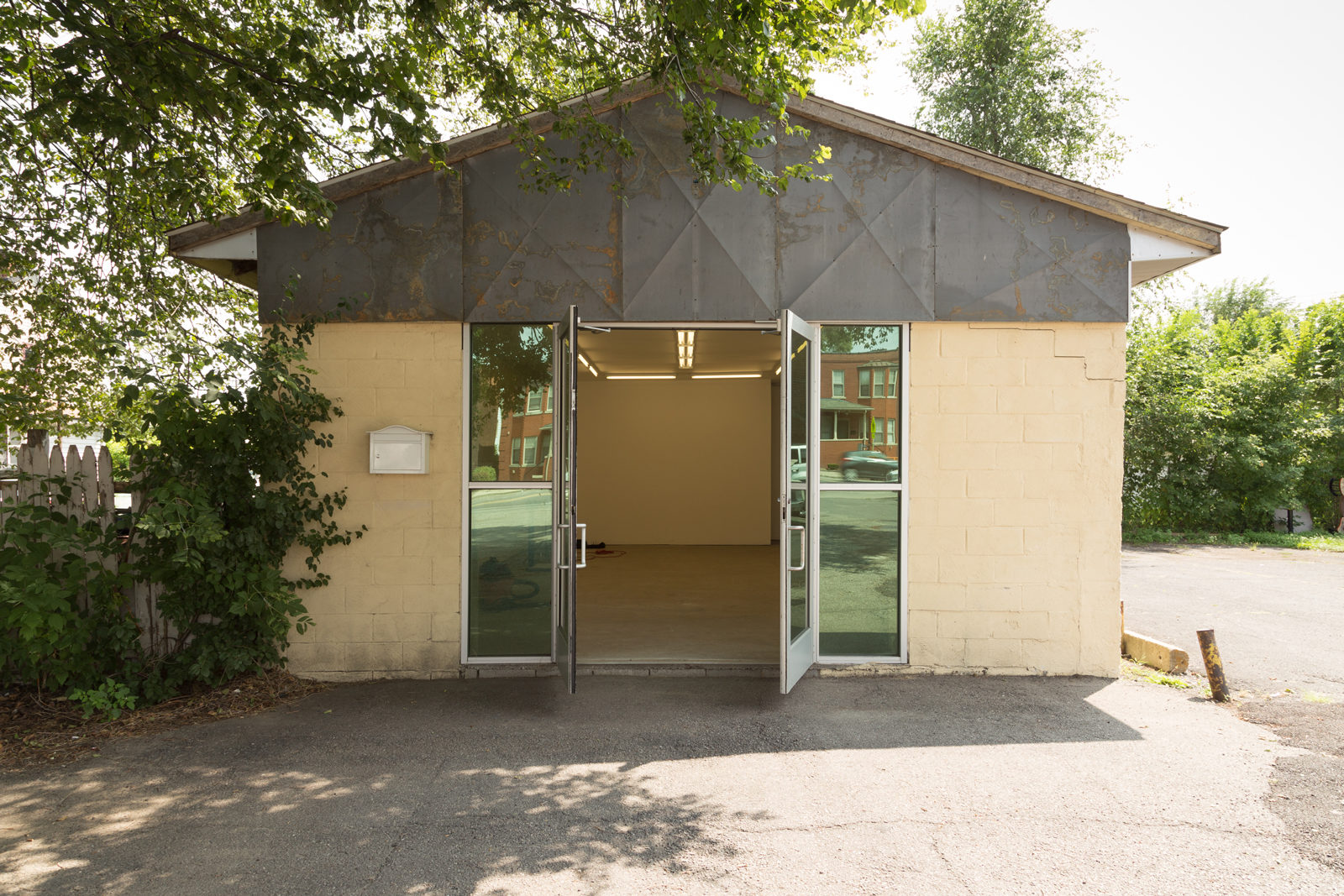
When and how did What Pipeline come about?
Alivia: What Pipeline was started in 2013 after a year or two of conversations about what we wanted to see happening in Detroit, gallery-wise. We were inspired by Susanne Hilberry Gallery in particular but wanted to see a thoughtful space like her’s in Detroit proper. The name What Pipeline alludes to pipelines as a conduit for many things, both physically and conceptually, and how they can often go unseen.
Detroit’s art scene has been flourishing in recent years. Was this the case at the time you opened? What shifts have you noticed in Detroit since your opening?
Alivia: The scene is definitely growing. It’s nice to have new energy, especially in the galleries here. There’s new people arriving all the time and more attention for the people who were already here doing their thing.
Daniel: Detroit has always valued art and culture, and been a place of artistic innovation, yet there does seem to be a greater level of activity and attention recently. With that comes a tangle of optimism and opportunism. At What Pipeline we’re lucky to encounter people genuinely invested in art, and conscious of Detroit’s deeply complicated past and present.
Your exhibitions are diverse in terms of media––ranging from immersive installations to video to performance to a more traditional painting exhibitions. Can you talk a bit about your experience housing this array of works, and the considerations you make when putting on a show?
Alivia: We ask the artists we work with to bring us installation or collaboration ideas that they may not be able to do in other spaces. While we’re usually short on funds, we’ll do our best to make these ideas happen. We don’t really intervene except when asked or where extra hands are needed. The gallery is run by just Daniel, myself and an occasional intern or hired hand. Usually an artist friend is also willing to help out. It’s very collaborative in Detroit because we’re all broke but may have some extra time, so the exchange of each other’s time is an important currency.
We’ve allowed ourselves to slow down and have only done two shows in the gallery so far this year. Both installations were immersive and pretty complicated. We screened SHAKEDOWN, a film by artist and director Leilah Weinraub about the urban lesbian strip club scene of early 2000s Los Angeles. The film is in part a narrative documentary and properly exhibiting it called for set showtimes and surround sound to highlight the immersive sound design. We ultimately decided to transform the gallery into a black-box theatre which allowed for an extended run of twelve screenings. We even made popcorn. People came from as far as Chicago and Columbus, Ohio, for the opening screenings, and during the run of the show both locals and visitors to Detroit made a point to catch SHAKEDOWN. It was really gratifying to have a packed gallery every Saturday during the run of show.
Likewise, our later show with Puppies Puppies required us installing sod grass wall-to-wall across the gallery floor. Luckily our intern had done landscaping work before.
Daniel: Neither of us had worked in galleries prior to starting one, and our approach to exhibiting comes from being artists first, not dealers. Our education as dealers-of-sorts started at a time when, per our observation, the traditional model for the artworld’s gallery ecosystem was well on its way to the current sustainability crisis. The relationship of gallery to artist is one of open exchange and support. We don’t represent artists, as that’s not our intention.
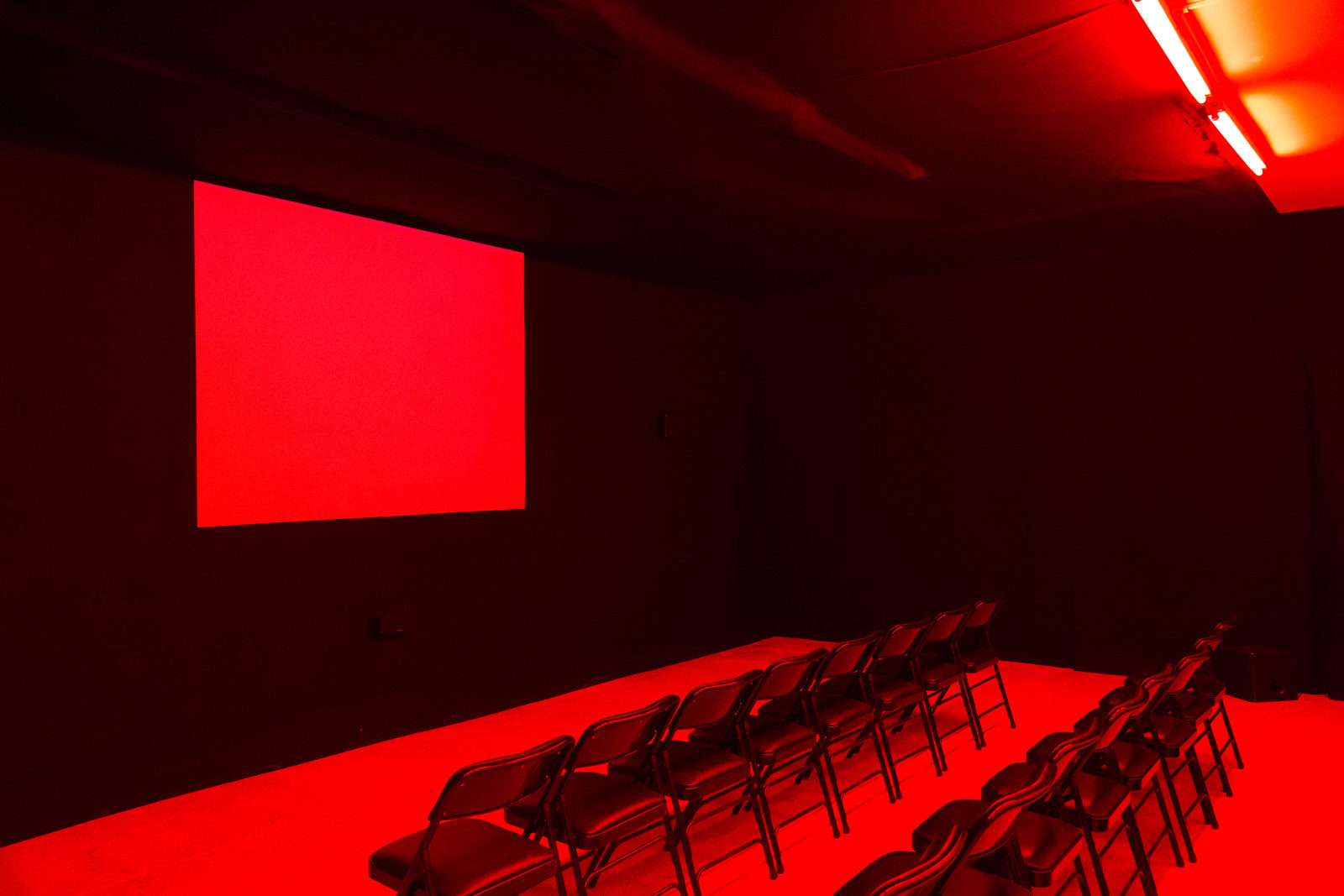
The name What Pipeline alludes to pipelines as a conduit for many things, both physically and conceptually, and how they can often go unseen. - Alivia
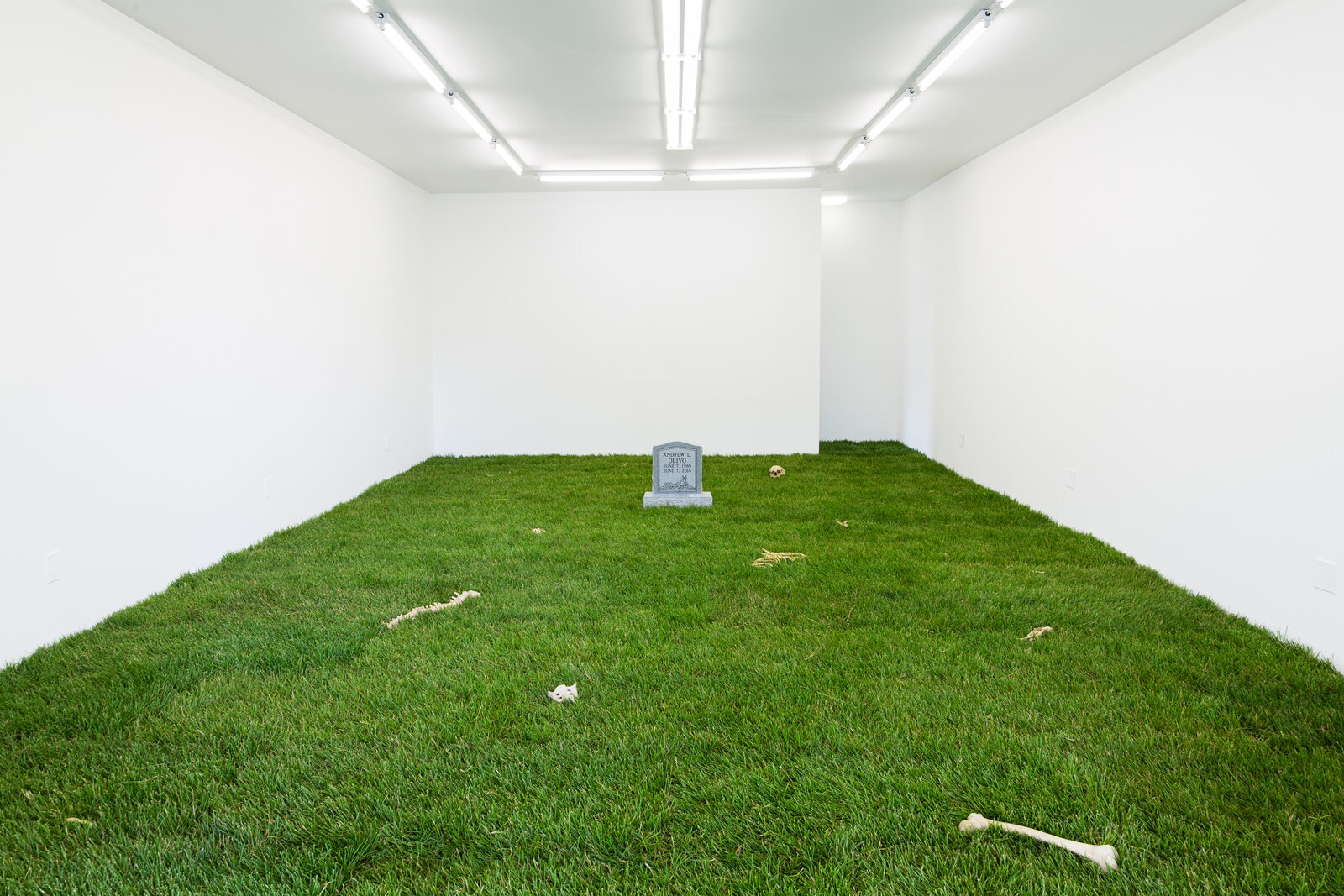
You are both artists as well as curators. Could you each talk a bit about your background and your artistic practice? How did you begin curating, and how does your own artmaking practice inform your curation?
Alivia: The art I make has a lot to do with observing contexts so I see producing/curating/organizing as an extension of my artistic practice. A gallery is a small business, and there’s an artform to running a small business that requires a lot of improvisation and responding to real-time situations. This manipulation of complex forms is what interests me.
Daniel: Our decisions with the gallery naturally reflect our personal interests, relationships, and histories, yet we’ve never had a M.O. or explicit plan. It’s important to us, as artists, to challenge ourselves in the choices we make, and how we approach things at any given time. Most importantly, there has to be complete trust in the artists we work with and belief in giving artists the platform, space, and time. The program has, after five years, amassed to a loose family of artists, collaborators, perspectives, and ethics; it’s a living, evolving thing.
What I’m interested in as an artist has changed somewhat as a result of the gallery too; there’s less urgency to produce and show my own work, and it’s great to be involved in the realization of work that inspires me. More recently, my artmaking has consisted largely of a rough pile of works on paper and notes on future sculptural ideas.
On your site you offer publications of printed works by artists such as Isaac Pool, Mary Ann Aitken, and Pope L. What inspired this idea of incorporating a publication aspect into your work?
Alivia: Publications are an important part of documenting contemporary art. We both have experience designing publications and, much like the gallery’s physical space, we want to contribute to various the frameworks in which art is presented. Mary Ann Aitken in particular did not exhibit much while alive but had left a request with her estate for a publication about her work. We worked with the estate to make this happen in conjunction with her first solo show at What Pipeline in 2013.
Pope.L, seeing that we have worked with editions as well as publications, created the Flint Water edition and surrounding exhibition, and we provided a space for the sales of that edition. All proceeds from the sales of Flint Water are donated to helping the people of Flint get clean water access, and limited amounts of the edition are still available!
Daniel: For us publication and editions are just another form that art can take. They can also be very costly to produce, so the rate at which we undertake those projects is based on access to grant funds, like with Isaac Pool’s poetry and photo book, Light Stain. On the other hand, some of come about more spontaneously, such as Veit Laurent Kurz & Stefan Tcherepnin’s limited-edition book, Diary of Steit.
What direction do you see art and gallery exhibition going in the future?
Alivia: Art fairs were not on our mind when we started the gallery but after getting invited to a small one, we realized their value in helping us meet people outside of Detroit. We met more people in two days than we would have in two years here. They also gave us an opportunity to bring Detroit artists to new audiences across the world. But they are expensive and exhausting, and “doing well” often means just breaking even. We decided to take a break from them this year and focus on our gallery program. Slowing down seems to be the current trend. Art fairs are everywhere now but perhaps their rapid proliferation and subsequent oversaturation will lead to a return to the gallery as meeting place.
What’s next for What Pipeline?
Daniel: Michael E. Smith returns to Detroit for a solo exhibition at the gallery opening September 28. We’re very excited to be hosting him and his work. We’ll also be publishing The Collected Plays of Bailey Scieszka and will launch the release of the book at the 2018 Detroit Art Book Fair with a book-signing performance by Old Put the Clown.
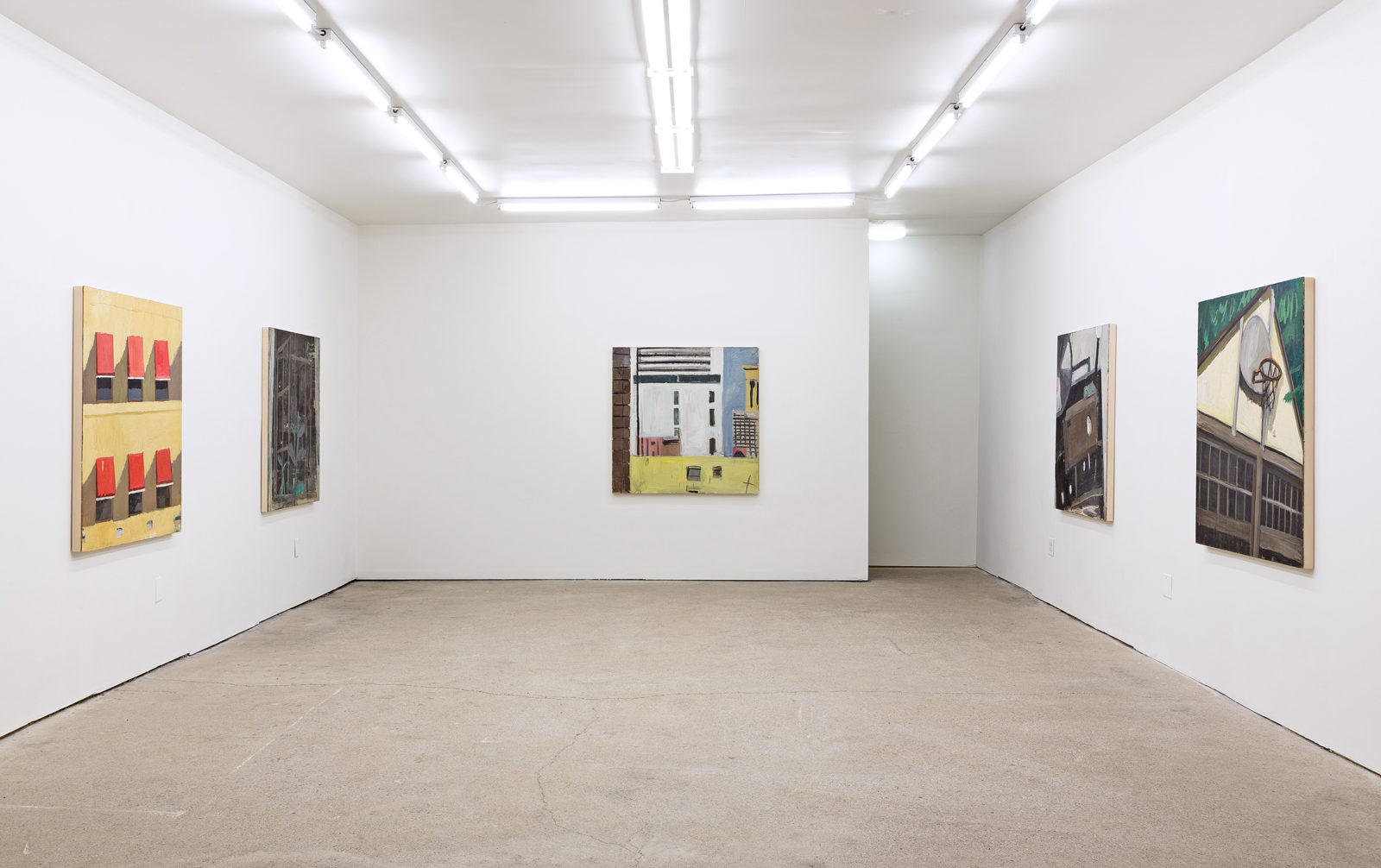
The program has, after five years, amassed to a loose family of artists, collaborators, perspectives, and ethics; it’s a living, evolving thing. - Daniel
